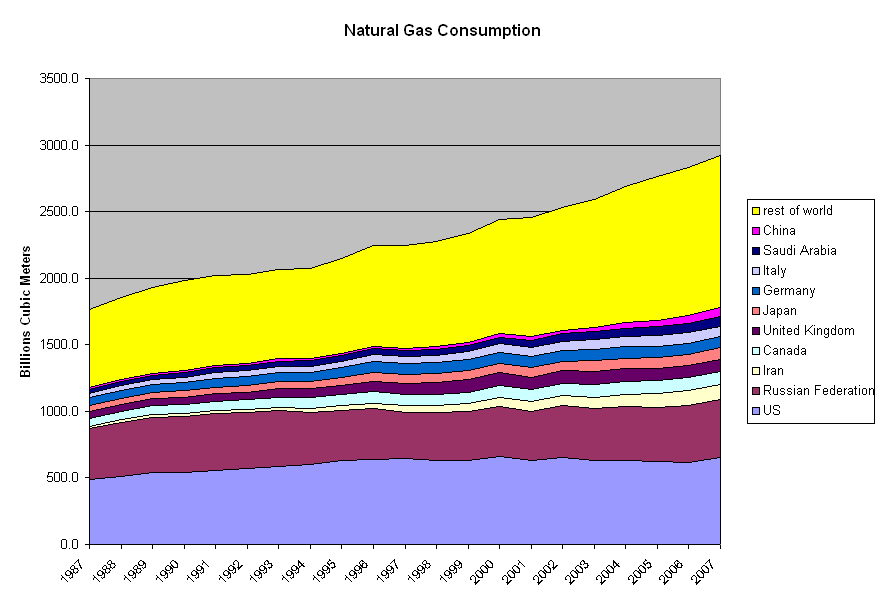There’s no shortage of predictions about energy. Governments, energy companies and independent observers all make energy forecasts. Sometimes they agree and sometimes they differ in their opinion, although for the major items like oil, there is apparently a general consensus – for the foreseeable future at least, it will remain the number one global fuel. With pundits galore to assess the future of the energy market, what’s left for a modeler to do? At least two things: build models in Analytica to compare the forecasts that have already been made; and see if other influences haven’t been overlooked.
Big models from big organizations
Two of the biggest energy companies in the world (but still not the biggest) make public their prognoses on the web. Exxon Mobil and British Petroleum both publish detailed analyses of how they see the energy markets from today in 2013 for the decades to come: up to 2040 for Exxon Mobil and 2030 for BP. Exxon Mobil foresees major energy trends as follows:
- Energy saving approaches like hybrid vehicles and natural gas power generation will keep energy use flat for OECD (Organization for Economic Cooperation and Development) countries – essentially North and Central America, Europe and Australia
- Global energy demand will rise by 35 per cent owing to overall world population growth principally in Africa and India
- Electricity will account for over 50 per cent of this increase in demand
- Oil will remain the top energy source, and natural gas will overtake coal, while nuclear power and renewable energy also grow. Also, by around 2030, North America will become a net exporter of oil, changing from its net importer status of todhttp://models-for-tidal-energy-how-analytics-can-examine-real-world-environmental/ay.
BP however sees demand growing more quickly: about the same increase globally by 2030 that Exxon Mobil suggests for its energy forecasts for 2040. BP also gives no indication of the use of coal declining, whereas Exxon Mobil sees demand for this fossil fuel peaking, and then declining.
Looking backwards at past energy data
What do Exxon Mobil and BP have to back up their forecasts? Once again for public viewing on the web, BP offers Excel spreadsheets with data on energy consumption by region going back to 1990 (and forwards to 2030), as well as oil consumption from 1951 to 2011. The model that BP used to make its energy forecasts is another matter, but with the data from the past and the predictions for the future, it would be possible to make one’s own long-term Analytica model and test it against information sources like these for its precision.
When opinions on energy forecasts differ
The fact that Exxon Mobil and BP already have two different models underlines the differences in opinion that exist in not just energy forecasts, but any evaluation of the future. Not everybody agrees with models that are used, whether for energy forecasts or other matters. Critics of data fitting suggest that it’s too easy to take data, look for prominent features and adjust data treatment to make the features indicate the same trend. However, when it comes to forecasting energy futures, traders in the commodity markets know how dangerous it can be to fit data to models to support suppositions rather than to stick to the facts. They also know that energy markets move in mysterious ways, and not just in the directions that government and oil companies prefer – a good reason to get their input as well if you want to make a robust model of who will use which energy how and when.
If you’d like to know how Analytica, the modeling software from Lumina, can help you model projects for the next decade, century or millennium, then try a free evaluation of Analytica to see what it can do for you.







